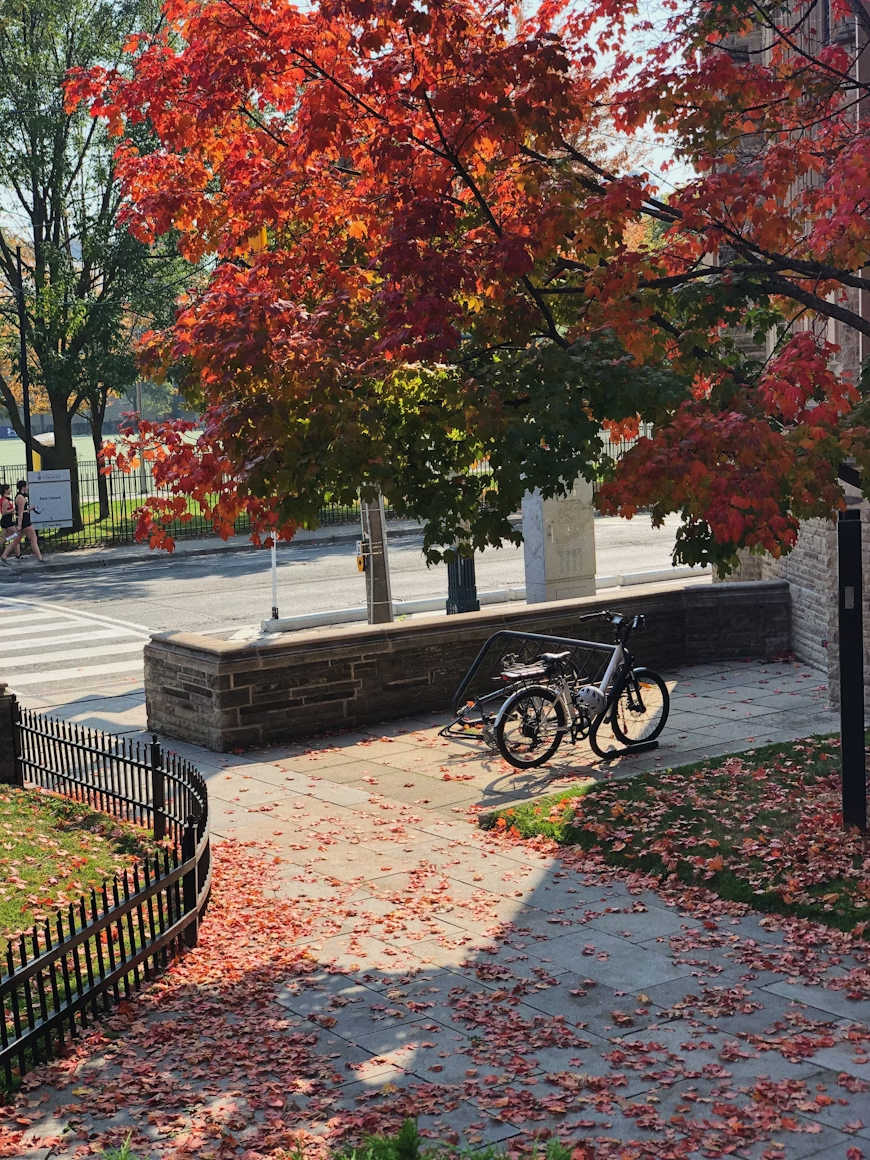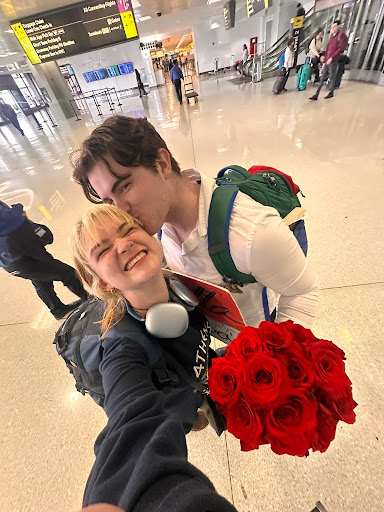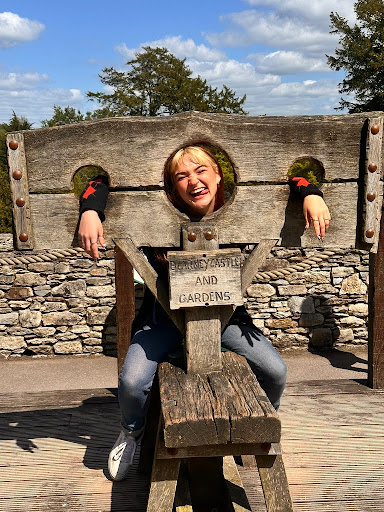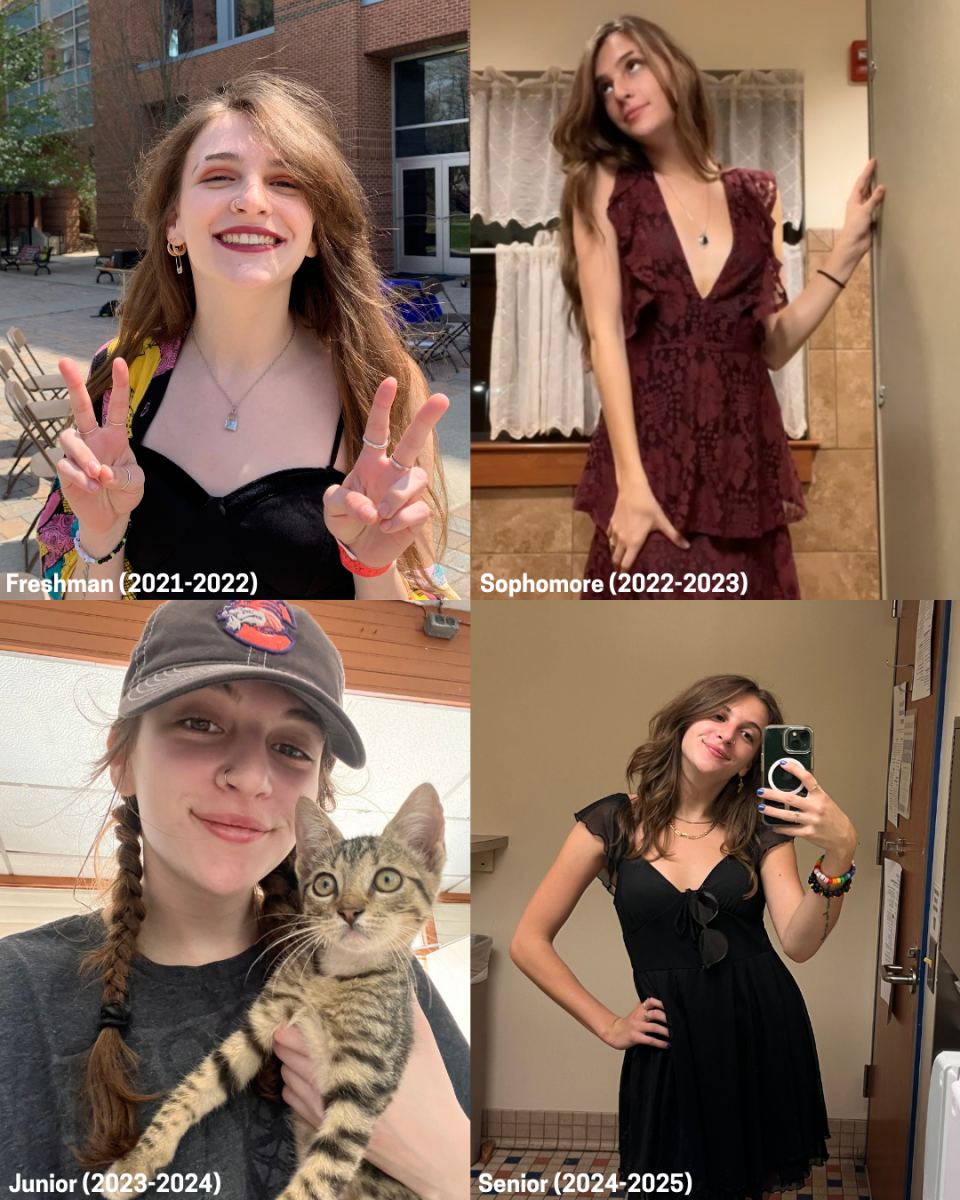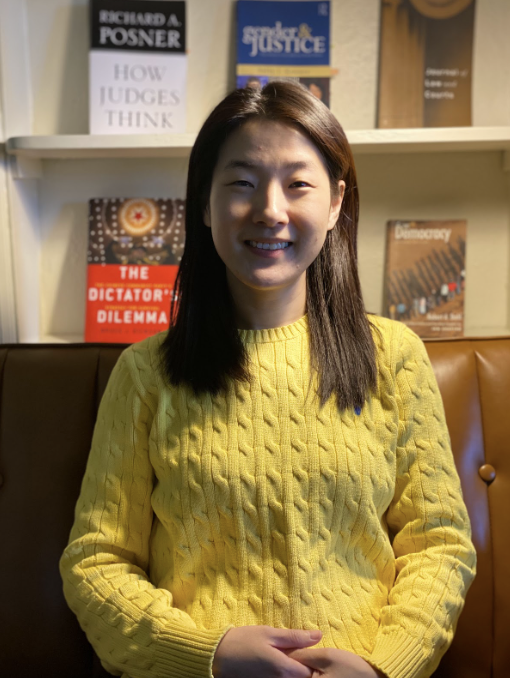On Oct. 3, I got the opportunity to shadow Dr. Paul Sibley and his team at the Tilghman Surgical Center. For him, it was just another Thursday, but for me, I felt like I was in a movie. A movie that I didn’t quite understand at the time because of my limited anatomical knowledge but was fascinating nonetheless.
Sibley, D.O., is an orthopedic surgeon with a specialty in hand, wrist, and elbow surgery. He has over 14 years of experience in orthopedic surgery, spending nine of those years at Lehigh Valley Health Network. Sibley attended Kirksville College of Osteopathic Medicine, did his residency at Philadelphia College of Osteopathic Medicine and a fellowship at Grandview Medical Center.
He started out as the only hand surgeon in the Lehigh Valley Health Network, handling cases at both the Muhlenberg and Cedar Crest sites. Now there is a team of five hand surgeons in the network.
Sibley is a seasoned professional. He knows exactly what he is doing, and works with a high level of skill and efficiency.
He’s also very cordial and kind to his patients, and provides detailed options for treatment and how to move forward with whatever injury the patient has, be it surgery or any non-operative treatment plans.
Sibley’s care team consists of one other person: Adeena Woodard, a physician assistant who also specializes in orthopedic hand surgery. Woodard completed a graduate program at DeSales University, graduating with a master’s in physician assistant studies.
Woodard mirrors Dr. Sibley in a lot of ways; she is a very focused and helps Sibley in the OR and the office. She is very caring to her patients and, like Sibley, communicates well with them.
I witnessed multiple surgeries on the day I shadowed Sibley, including those for ulnar nerve release and EPL tendon repair.
I first started by scrubbing in. Surgeries require that the OR remain sterile to reduce the risk of infection, so I had to change into blue scrubs.
Sibley first wrapped a blue cloth around the patient’s arm to restrict blood flow to the area of the arm he was operating on. After removing the cloth, he made an incision just above the elbow.
He then poked at a bunch of white muscle. I thought he was removing some sort of obstruction. Afterward, Woodard stitched up the patient’s arm and wrapped it in gauze.
What the patient had was cubital tunnel syndrome (CTS). CTS is a form of ulnar neuropathy where a patient has numbness in the ring or little fingers due to pressure on the ulnar nerve, which runs under the elbow. When you hit your “funny” bone, you are essentially hitting the ulnar nerve, which creates that tingling sensation.
When the ulnar nerve, specifically at the elbow, is affected, it leads to CTS. This can happen when a person bends their elbows or leans on their elbows too much. Sibley was relieving the compression on the ulnar nerve by opening the tunnel where the nerve runs and then shifting the nerve, which is why it appeared as though Sibley was just poking at the muscle.

The next surgery was an EPL tendon repair on the left thumb. From what I saw, it looked as though Sibley was picking at white tissue and trying to create a tunnel to look for the other end of the tissue. The tissue was actually a tendon.
Since the EPL tendon had ruptured, Sibley was looking for the other end of the tendon to stitch the tendon back together. He did a very complicated stitch that I tried and failed to replicate in my notebook, and used a machine to add metal sutures to keep the tendon intact.
The EPL tendon, or extensor pollicis longus, is a tendon found in the thumb that allows us to pull the thumb straight and open the palm. Sibley was indeed looking for one end of the tendon to connect it with its other half.
He used a tendon passer to find the tendon and then performed a running interlocking horizontal mattress stitch to keep the thumb strong. Then, he applied the metal suture using a CoNextions machine that quickly applied metal sutures. Since the patient was a mechanic, he required full motion in his thumb and Sibley’s procedure allowed that.



